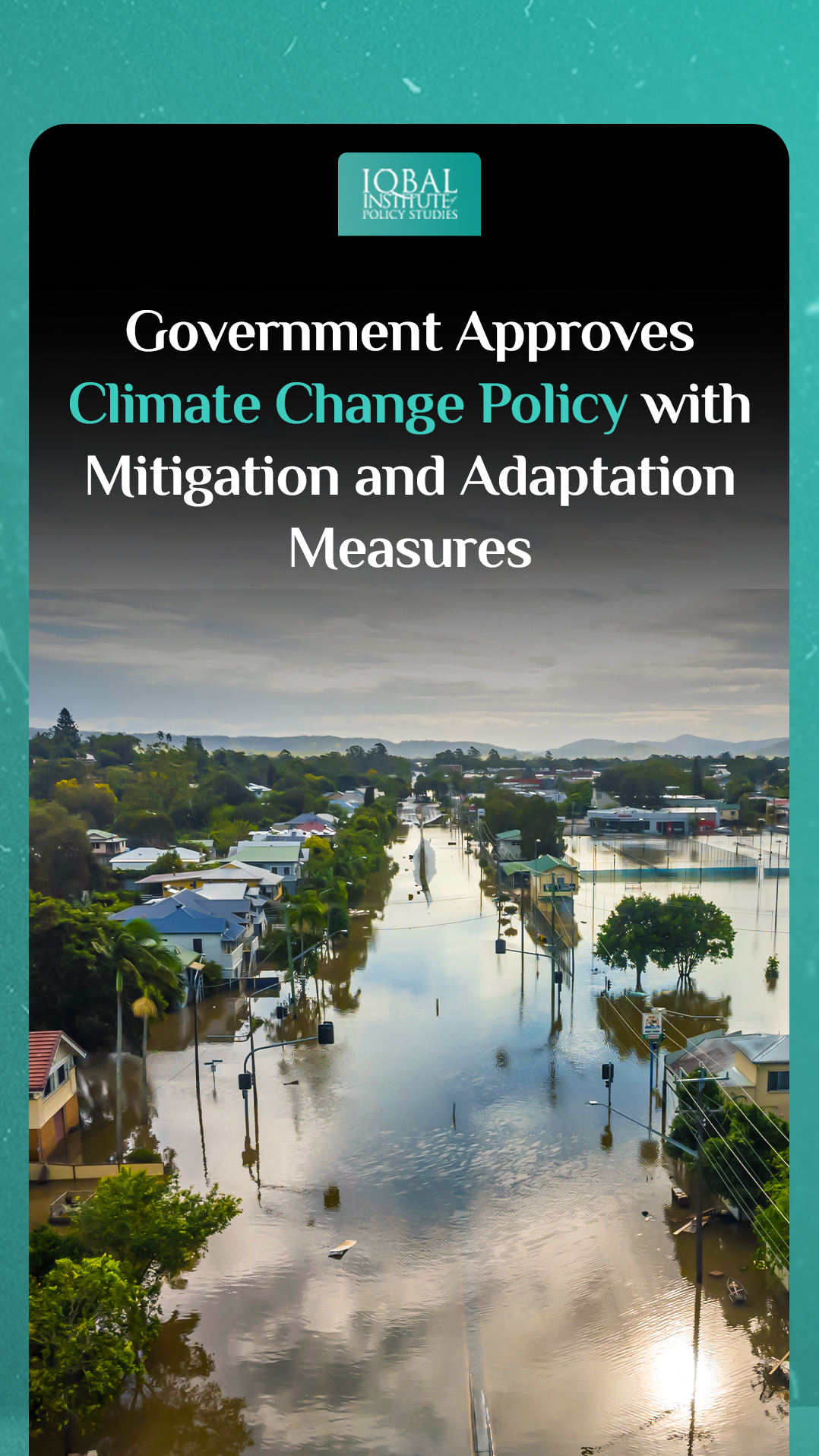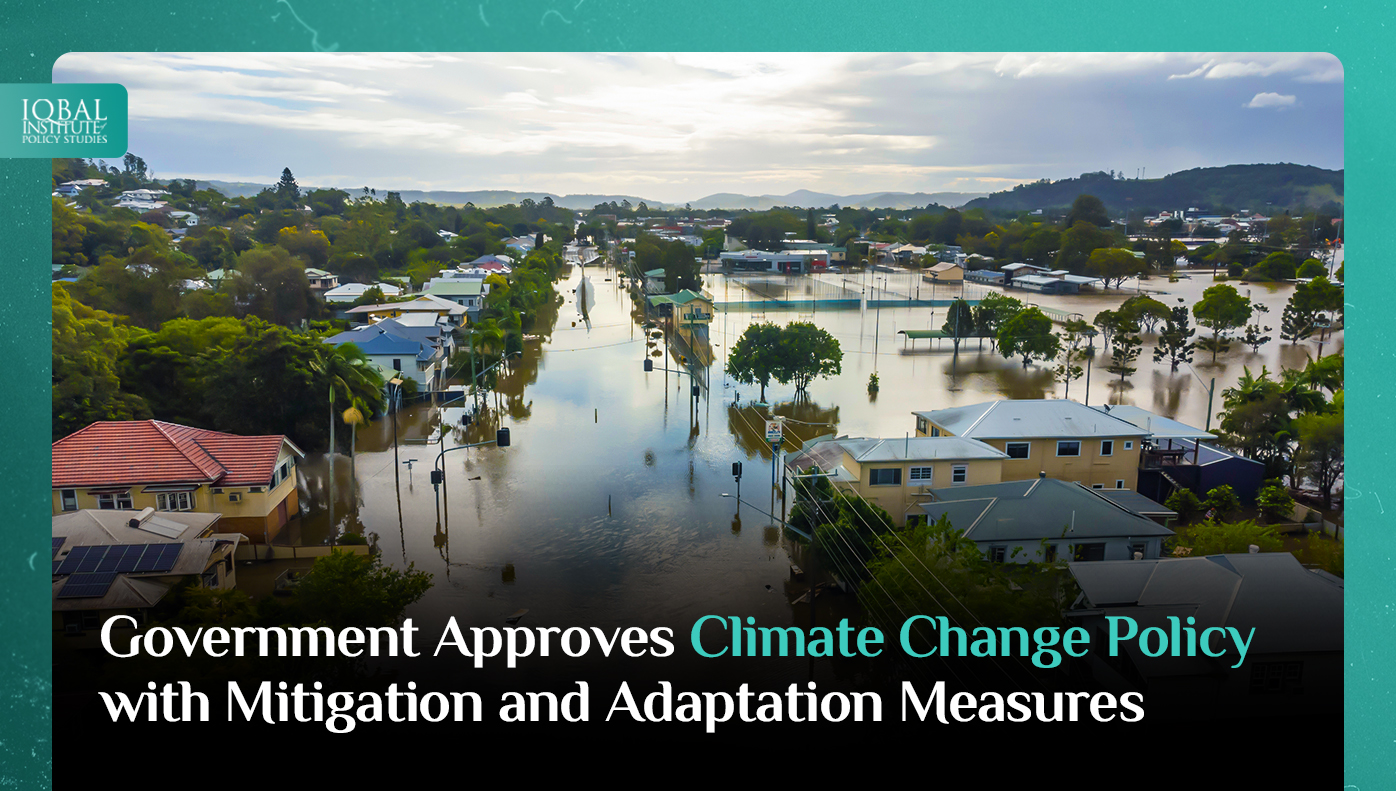To mitigate the disastrous impacts of the current flood crisis, the federal and provincial governments are working hard to provide relief to the affected population. In this context, the government has established fund relief programs for providing financial assistance to flood victims. Under these fund relief programs, around Rs, 22 billion grant has already been added. Besides this, several bilateral partners have also announced plans to provide aid to help Pakistan deal with the ongoing flood calamity. All these measures are meant to provide relief on a temporary basis, highlighting the need for permanent reform.
To prevent the country from such climate disasters in future, the provincial government of Khyber Pakhtunkhwa approved a climate change policy with mitigation and adaptation measures. The policy stresses an action plan containing 129 climate mitigation and 172 adaptation measures for 10 tenctors. Earlier, a climate change policy was announced in 2017, but due to the glacial lake outburst floods as well as locust attacks in southern districts, and for the determination of new ecological zoning, ministries of environment, forestry and wildlife have decided to launch afresh policy.
Under this policy, the impact and challenges of climate change on several thematic areas have been overviewed and proposed strategic measures to achieve sustainable development and resilience to natural disasters have. In addition, the action plan highlights strategies and measures for agriculture, forestry, environment, wildlife, energy and transport sectors for incorporation in the National Climate Change Policy.
As per the policy, the adaptation measures include 31 for the agriculture and livestock sector, 34 for forestry, eight for health, 32 for water, 11 for biodiversity, 18 for mountains and pastures, eight for poverty eradication, and nine for gender issues and youth affairs. As for mitigation strategies, 11 are for energy efficiency, 24 for transport, 11 for waste management, 13 for industries, 10 for urban planning, nine for ‘carbon sequestration’, 15 for agriculture and livestock, 22 for capacity building, 11 for technology transfers and three for climate finance.



Leave a Reply